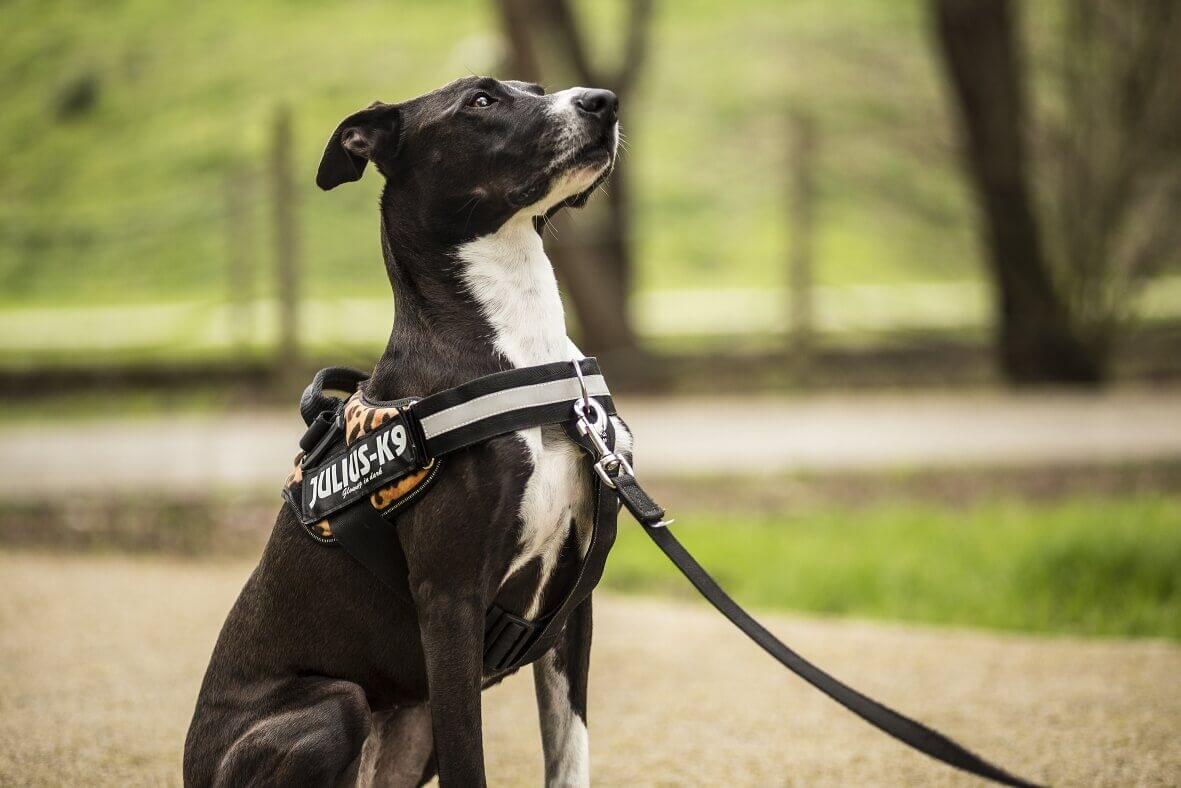
The Evolution of Dog Collars: A Journey Through Time
Share
The history of dog collars is a fascinating tale that reflects not just the changing roles of dogs in human society, but also the evolution of fashion, technology, and health consciousness among pet owners. Understanding the evolution of dog collars provides valuable insights into how our perspectives on pet care have transformed over the centuries.

From Functional Beginnings to Fashion Statements
Initially, dog collars were created out of necessity. In ancient civilizations, they were simple, functional tools used to control and protect dogs. The earliest collars were likely made from natural materials like leather or plant fibers. As societies advanced, so did the designs and materials used in dog collars.
Over time, collars became more than just functional items. They turned into status symbols and fashion statements. For example, during the Middle Ages, the nobility adorned their dogs with ornate collars made of precious metals and stones. This shift highlighted a growing appreciation for dogs as companions rather than just working animals.
The Rise of Health-Conscious Dog Collars
In recent decades, there has been a significant shift in how pet owners view dog collars. Health and safety have become top priorities, leading to innovations in collar design. Modern collars are crafted with materials designed to prevent skin irritation and provide comfort, recognizing the sensitive nature of a dog's neck and skin.
For health-conscious pet owners, selecting the right collar involves considering factors such as fit, material, and purpose. A well-chosen collar can prevent injuries and ensure that dogs remain comfortable and safe during walks or playtime. To learn more about proper collar maintenance, read our guide on how to clean a dog collar.
Technological Innovations in Dog Collars
Today's collars incorporate advanced technology, catering to the modern pet owner's desire for convenience and enhanced dog care. GPS-enabled collars allow owners to track their dogs' movements, providing peace of mind and safety. Some collars even monitor a dog's activity levels, helping health-conscious owners keep their pets fit and active.
Additionally, smart collars can provide insights into a dog's behavior and health patterns, enabling proactive care. This technological leap marks a new era in pet care, where collars serve as vital tools in ensuring a dog's well-being. Explore our article on DIY braided dog collars for a creative approach to collar design.
Understanding the Importance of Proper Fit
One of the most crucial aspects of a dog collar is its fit. An ill-fitting collar can cause discomfort, skin problems, or even injury. Health-conscious pet owners must ensure that collars are snug but not too tight, allowing room for two fingers to fit between the collar and the dog's neck.
Choosing the right size and type of collar also depends on the dog's breed, size, and activity level. For those new to dog ownership, learning how to introduce a collar to a dog is essential for ensuring a smooth transition.
Collars as Cultural and Historical Artifacts
Beyond functionality and fashion, dog collars serve as cultural and historical artifacts. They reflect human society's evolving relationship with dogs. For instance, the ornate collars of ancient Egypt signify the revered status of dogs as sacred animals. Similarly, the practical collars of working dogs in medieval Europe highlight their role in daily life.
To delve deeper into the rich history of dog collars, check out this informative article on the history of dog collars.

FAQs
What materials are best for dog collars?
For health-conscious pet owners, materials that prevent irritation and enhance comfort, such as nylon and leather, are ideal. These materials offer durability and ease of cleaning.
How can I ensure my dog's collar fits properly?
Ensure the collar is snug but not tight, allowing room for two fingers between the collar and the dog's neck. Consider the dog's breed, size, and activity level when selecting a collar.
Are technological collars safe for my dog?
Yes, most modern technological collars are designed with safety in mind, offering features like GPS tracking and activity monitoring. However, it's essential to choose reputable brands and models.
The evolution of dog collars is a testament to our changing views on pet care, blending tradition with innovation to meet the needs of modern, health-conscious pet owners.
This article contains affiliate links. We may earn a commission at no extra cost to you.
